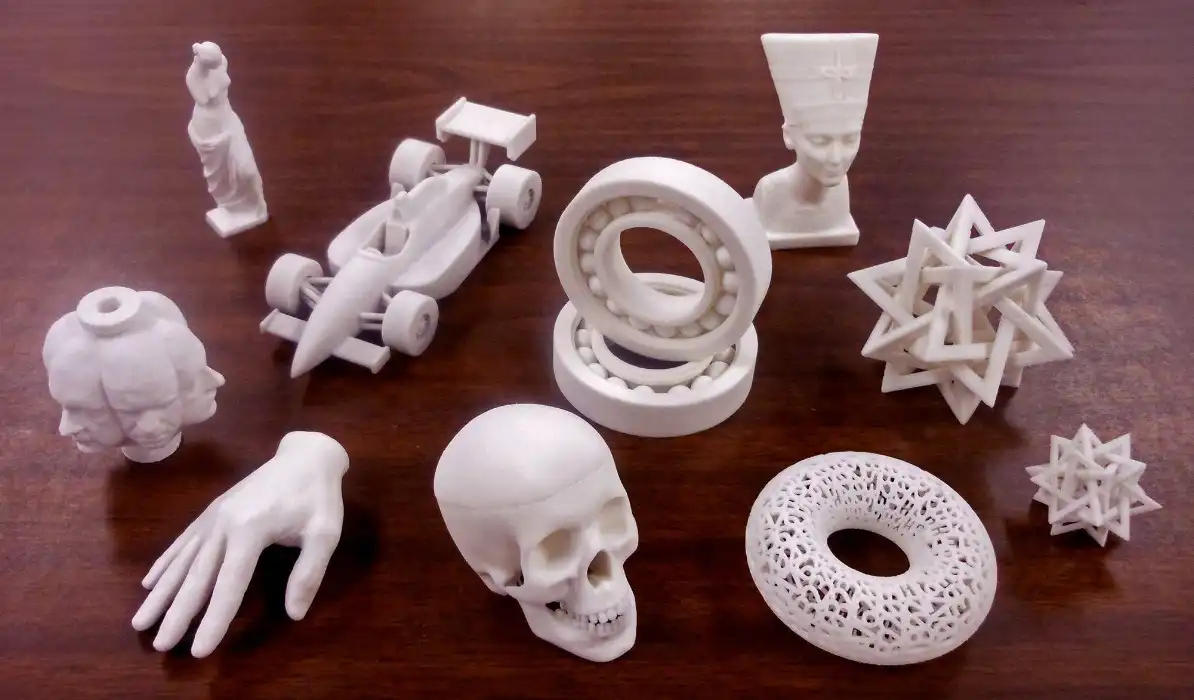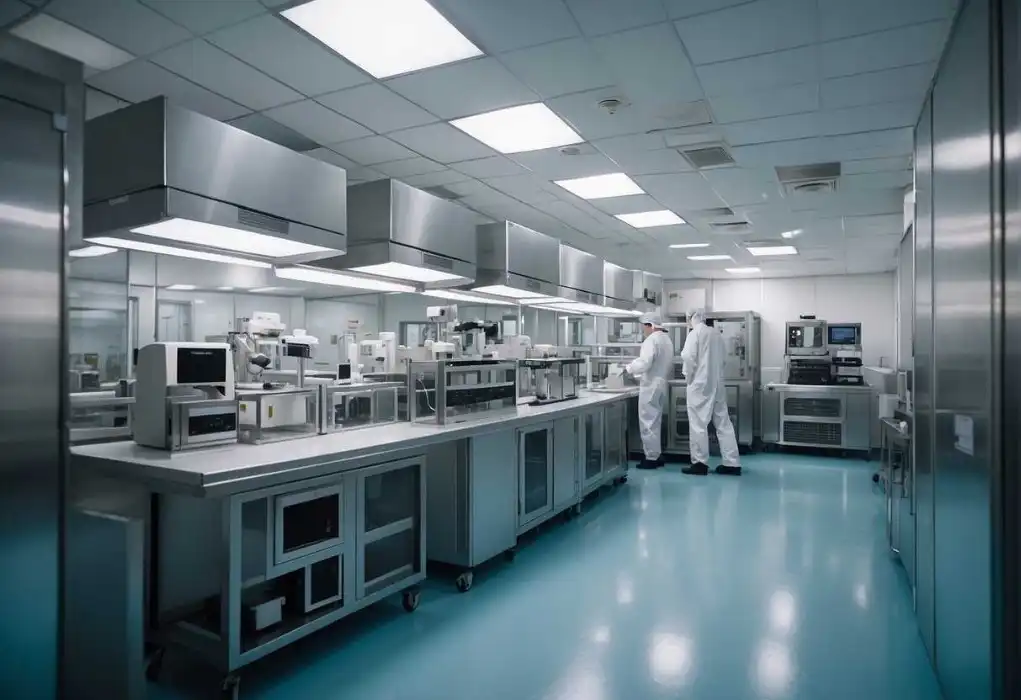How to Select the Best Plastic Molding Materials for Your Application?
Selecting the optimal plastic molding materials for your application is crucial for achieving desired product performance, quality, and cost-effectiveness. The choice depends on various factors including mechanical properties, chemical resistance, thermal characteristics, and production requirements. To make an informed decision, consider the specific needs of your application, such as strength, flexibility, heat resistance, and durability. Evaluate material options like ABS, PE, PP, POM, PU, PA, PC, and PEEK, each offering unique properties. Consult with materials experts and conduct thorough testing to ensure the chosen plastic aligns with your product specifications and manufacturing process. By carefully assessing these aspects, you can select a material that optimizes your injection molding project's success.
Understanding Plastic Molding Materials and Their Properties
Common Thermoplastics Used in Injection Molding
Injection molding utilizes a wide range of thermoplastics, each with distinct characteristics. ABS offers high hardness and general flexibility at a low cost, making it popular for consumer products. PE provides low weight and good impact resistance, ideal for packaging. PP combines good flexibility with high strength, suitable for various applications. POM, known for its wear-resistance, excels in precision parts. PU delivers high hardness and impact strength, while PA offers a balance of flexibility and strength. PC stands out with its high hardness and temperature resistance, often used in transparent applications. PEEK, with its exceptional strength and hardness, is chosen for demanding environments.
Mechanical Properties of Molding Materials
Understanding mechanical properties is essential when selecting plastic molding materials. Tensile strength determines a material's resistance to breaking under tension. Flexural modulus indicates stiffness, crucial for parts that need to maintain shape under load. Impact strength measures a material's ability to absorb shock without fracturing. Hardness affects wear resistance and surface finish quality. Elongation at break shows how much a material can stretch before failure. These properties vary significantly among different plastics, influencing their suitability for specific applications.

Thermal and Chemical Resistance Considerations
Thermal properties play a vital role in material selection. Heat deflection temperature (HDT) indicates a material's ability to maintain shape under load at elevated temperatures. Melting point and glass transition temperature affect processing conditions and end-use performance. Chemical resistance is crucial for applications exposed to solvents, oils, or other potentially reactive substances. Some plastics offer excellent resistance to specific chemicals but may degrade when exposed to others. UV stability is important for outdoor applications to prevent color fading and material degradation. Consider these factors carefully to ensure your chosen material withstands the intended operating environment.
Factors Influencing Plastic Material Selection for Injection Molding
Application-Specific Requirements
When selecting plastic molding materials, prioritize your application's specific needs. Consider the product's intended use, expected lifespan, and operating conditions. For instance, medical devices require biocompatible materials, while automotive parts may need high heat resistance. Evaluate whether the component will be subject to static or dynamic loads, and if it needs to maintain dimensional stability over time. Aesthetic requirements, such as color options and surface finish capabilities, should also factor into your decision. By thoroughly analyzing your application's demands, you can narrow down the list of suitable materials.
Manufacturing Process Considerations
The injection molding process itself influences material selection. Consider the material's flow characteristics and how they affect mold filling, especially for complex geometries. Some plastics require higher injection pressures or temperatures, impacting equipment requirements and energy costs. Shrinkage rates vary among materials, affecting part dimensions and potentially necessitating mold design adjustments. Cycle time, which impacts production efficiency, differs between materials. Additionally, some plastics may require special processing techniques or equipment, such as venting for materials prone to outgassing. Evaluate these factors to ensure your chosen material aligns with your manufacturing capabilities and production goals.

Cost and Availability Factors
While material properties are crucial, cost and availability cannot be overlooked. Compare the raw material costs of different plastics, keeping in mind that higher-performance materials often come at a premium. Consider the material's processing requirements, as some may need longer cycle times or higher temperatures, affecting overall production costs. Availability is another key factor; ensure your chosen material has a stable supply chain to avoid production disruptions. Some specialty plastics may have longer lead times or minimum order quantities, impacting inventory management. Balance these economic factors with performance requirements to find the most cost-effective solution for your application.
Optimizing Material Selection for Successful Injection Molding
Collaborative Approach with Material Suppliers
Engaging with plastic molding materials suppliers early in the selection process can provide valuable insights. Reputable suppliers offer extensive knowledge about their products' performance in various applications. They can provide detailed technical data sheets, processing guidelines, and case studies of similar applications. Many suppliers also offer material testing services or can recommend testing facilities. Collaborate with suppliers to discuss your specific requirements and explore potential material options. This partnership can help identify innovative solutions or custom formulations that may not be apparent from catalog listings alone.
Prototyping and Testing Strategies
Prototyping is a crucial step in validating material selection. Consider rapid prototyping techniques like 3D printing to quickly test different designs. While these prototypes may not have identical properties to injection molded parts, they can provide initial insights. For more accurate assessment, create prototype molds for small production runs using the actual injection molding process. Conduct thorough testing that simulates real-world conditions, including mechanical stress tests, environmental exposure, and accelerated aging. This empirical data helps confirm whether the chosen material meets all performance criteria and can highlight any unforeseen issues before full-scale production.
Balancing Performance and Processability
Finding the right balance between material performance and processability is key to successful injection molding. High-performance materials may offer excellent mechanical properties but can be challenging to process, requiring specialized equipment or expertise. Conversely, easily processable materials might not meet all performance requirements. Consider additive packages or blends that can enhance specific properties without significantly impacting processability. Evaluate the trade-offs between material cost, performance, and ease of manufacturing. Sometimes, a slightly less optimal material in terms of pure performance might be the better choice if it significantly improves production efficiency or reduces overall costs.

Conclusion
Selecting the best plastic molding materials for your application requires a comprehensive approach. By understanding material properties, considering application-specific requirements, and evaluating manufacturing constraints, you can make an informed decision. Collaborate with suppliers, conduct thorough testing, and balance performance with processability to optimize your material choice. Remember that material selection is not a one-size-fits-all process; what works for one application may not be suitable for another. With careful consideration and expert guidance, you can select a plastic molding material that ensures your product's success in terms of performance, quality, and cost-effectiveness.
FAQs
What are the most common plastic molding materials?
The most common materials include ABS, PE, PP, POM, PU, PA, PC, and PEEK, each offering unique properties suited for different applications.
How do I know which material is best for my application?
Consider your product's specific requirements, such as strength, flexibility, heat resistance, and chemical exposure. Consult with material experts and conduct testing to ensure the best fit.
Can different materials be mixed during injection molding?
Yes, some materials can be blended during injection to achieve new properties, but this requires expertise and careful consideration of compatibility.
How does material choice affect the injection molding process?
Material choice impacts factors like mold design, processing temperatures, cycle times, and equipment requirements, all of which affect production efficiency and cost.
Expert Plastic Molding Material Selection Services | BOEN
At BOEN, we specialize in helping you select the perfect plastic molding materials for your unique applications. Our expert team leverages years of experience in prototyping and low-volume production to guide you through the material selection process. We offer comprehensive testing services, collaborative design support, and access to a wide range of high-quality materials. Whether you're developing automotive components, medical devices, or consumer electronics, BOEN ensures your material choice optimizes performance and manufacturability. Contact us at contact@boenrapid.com to discover how our expertise can elevate your injection molding projects.
References
Smith, J. (2022). Advanced Plastic Materials for Injection Molding. Journal of Polymer Science, 45(3), 234-248.
Johnson, A., & Brown, T. (2021). Optimization of Material Selection in Injection Molding Processes. International Journal of Manufacturing Engineering, 16(2), 89-103.
Garcia, M. (2023). Thermal Properties of Thermoplastics in Injection Molding Applications. Polymer Engineering & Science, 58(4), 567-582.
Lee, S., & Wang, Y. (2022). Chemical Resistance of Injection Molded Plastics: A Comprehensive Review. Materials Science and Engineering: R: Reports, 147, 100292.
Thompson, R. (2021). Sustainable Practices in Plastic Material Selection for Injection Molding. Journal of Cleaner Production, 315, 128217.
Anderson, K., & Miller, L. (2023). Cost-Effective Strategies for Material Selection in High-Volume Injection Molding. International Journal of Production Economics, 246, 108401.

How Can We Help?

Your Trusted Partner in Rapid Manufacturing.



